Advertisement
Silibinin for amatoxin poisoning
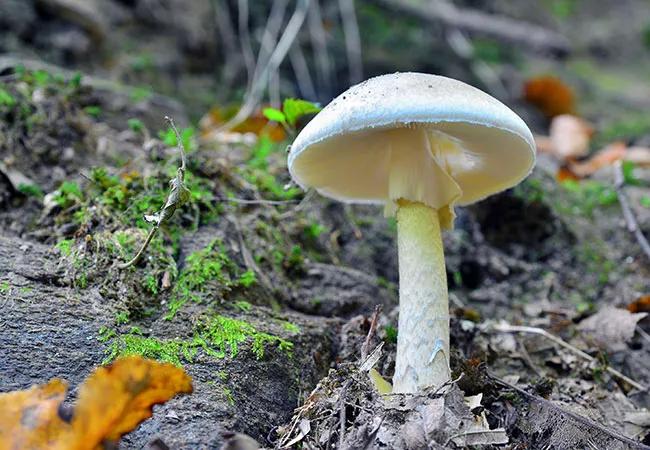
With changes in global weather patterns, toxic mushrooms (Amanita phalloides, also known as Death Caps) seem to be sprouting more often in North America, including northern Ohio. People are accidentally consuming them, having mistaken them for edible fungus. Amanita is the most common cause of fatal mushroom poisoning and impacts the body through amatoxin, which binds to RNA polymerase II and causes inhibition of protein synthesis. Amanita can also cause hepatocyte apoptosis. Ingestion leads to gastrointestinal symptoms like abdominal cramps, vomiting and severe diarrhea, and acute liver failure and may necessitate liver transplantation. Symptoms generally appear six to eight hours after ingestion.
Advertisement
Cleveland Clinic is a non-profit academic medical center. Advertising on our site helps support our mission. We do not endorse non-Cleveland Clinic products or services. Policy
Silibinin is a milk thistle extract that has proven antioxidative and anti-inflammatory properties and has been shown to block cellular amatoxin re-uptake and stop hepatocyte apoptosis. It is an antidote for amanita toxicity that is undergoing the FDA approval process and was given orphan drug designation for treatment of amatoxin poisoning.
The pediatric hepatology and transplant team at Cleveland Clinic Children’s has accrued good experience over the years, managing patients with amanita toxicity medically with silibinin (Legalon SIL) along with other supportive therapies, as part of a medical trial. This was an open-label treatment trial designed to provide Legalon SIL as early as possible to patients with amatoxin poisoning. Experience in Europe and the U.S. suggests that this medication reduces mortality and the need for liver transplant by more than 50 percent in acute liver failure, if used at the appropriate time. The study was run by Cleveland Clinic pediatric hepatologists, Kadakkal Radhakrishnan, MD, and Vera
Hupertz, MD, in conjunction with the adult intensive care team, and is now closed. The treatment remains available, if needed, as the company has arranged for Emergency Investigational New Drug status.
Advertisement
Advertisement

IBAT inhibitors, elastography and more
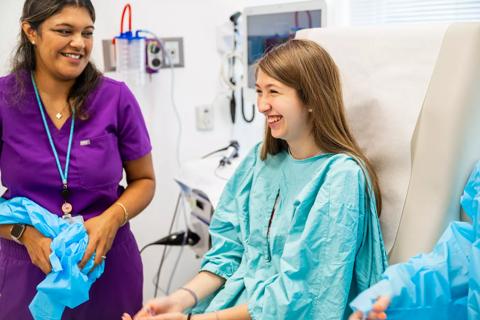
Pediatric and adult gastroenterologists offer team care for patients with eosinophilic esophagitis
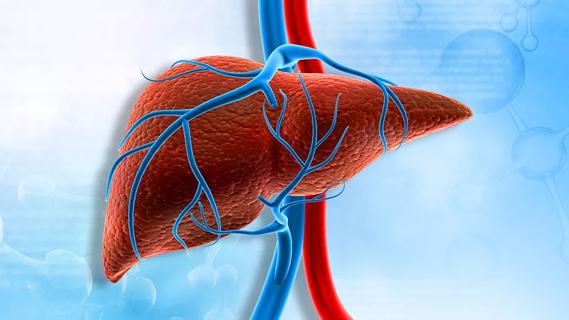
Rare genetic variant protected siblings against seizures and severe hypoglycemia
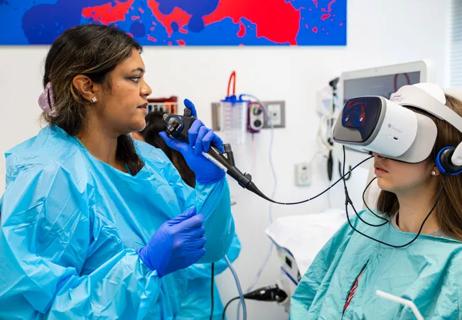
3 pediatric gastroenterologists discuss advances in their diagnostic toolkits
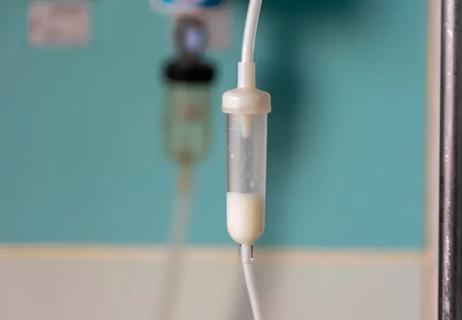
Calculator saves time, reduces error

Sandra Kim, MD, unpacks the problem and shares ways to help your patients

Cleveland Clinic specialists discuss challenges and opportunities for managing the disease

Navigating a complex case during a national copper shortage